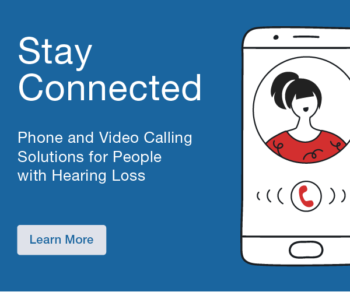Bone conduction devices (BCD) are a technological option for infants and young children who are not candidates for traditional air conduction technology (e.g., behind the ear hearing aids) or cochlear implants. BCDs are commonly provided to pediatric patients who have outer ear anatomical abnormalities (i.e., microtia and ear canal atresia), which causes conductive or mixed hearing loss. With support from early hearing loss identification, infants are fitted with BCDs worn on the skin using a soft headband as early as 2 months of age. Over the past several years, there has been significant advances in research and clinical tools to support individualized verification and fitting of both surgical and non-surgical BCDs. Selecting the appropriate device, prescriptive targets, and device verification are key elements to ensure BCDs provide suitable audibility to the developing child. This presentation will provide participants with an overview of both surgical and non-surgical bone conduction devices including descriptions of direct drive systems (percutaneous, active, and passive transcutaneous) and skin drive, non-implantable devices. Pediatric candidacy considerations will be described, followed by an in-depth review of the fitting and verification process. Case examples will be used to illustrate the foundational concepts.
Learning Objectives:
- Define percutaneous, transcutaneous, and associated terminology of bone conduction devices.
- Describe the clinical methods used for pediatric BCD candidacy assessment, device selection, fitting, and verification.
- Explain the rationale for using in-situ assessment when fitting BCDs to children.
- Understand the clinical factors to consider when fitting BCDs to children.



